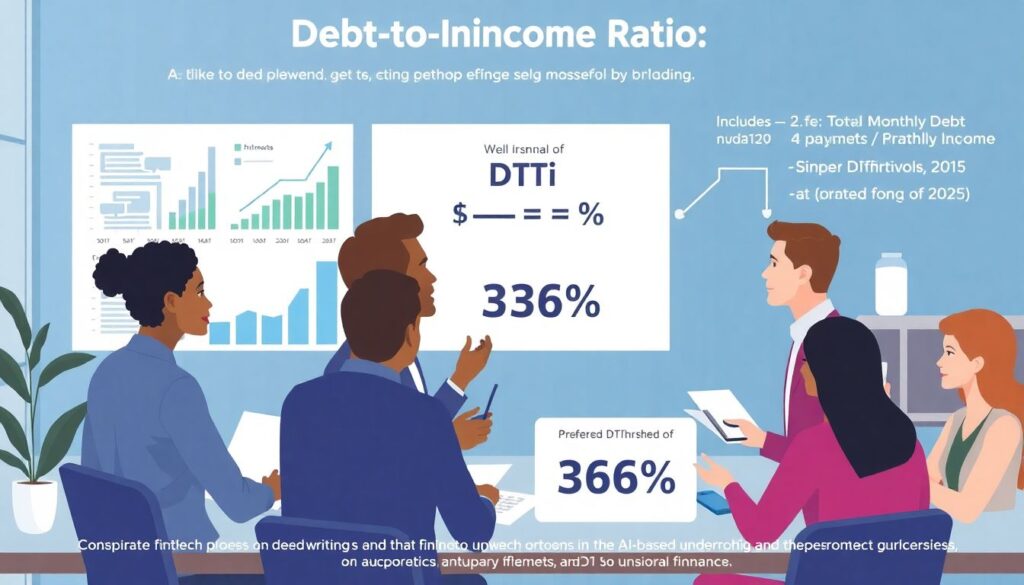In today’s fast-evolving economic landscape, households face increasing complexity in managing their finances. The rise of digital payments, gig economy income, and inflationary pressures in 2025 make it more important than ever to monitor key financial indicators consistently. By focusing on essential financial metrics for families, households can strengthen financial resilience, make informed decisions, and plan confidently for both short-term needs and long-term goals.
Below, we explore the most critical household financial metrics, detail how to interpret them, and offer real-life examples and actionable insights.
—
1. Net Worth: Your Financial Pulse
Net worth remains the cornerstone of financial health indicators for families in 2025. It represents the gap between what you own and what you owe.
Formula:
Net Worth = Total Assets – Total Liabilities
Include all significant assets (home equity, vehicles, retirement accounts, investments, cash) and subtract liabilities (mortgage, credit cards, student loans, personal debts). For instance, the average U.S. household in 2025 has a net worth of approximately $155,000, but this varies widely by age and location.
Real-world insight:
One family in Austin, Texas, tracked their net worth quarterly using personal finance software integrated with their bank accounts. As interest rates fluctuated, they spotted a decline in their investment portfolio and rebalanced their assets to mitigate risk—something they would have missed without this metric.
—
2. Savings Rate: Building the Safety Net
As of early 2025, households are encouraged to maintain a minimum savings rate of 20% of gross income, driven by the lingering volatility in global markets.
Formula:
Savings Rate = (Total Monthly Savings / Gross Monthly Income) × 100
Include emergency fund contributions, retirement savings, and other long-term investments. This metric not only indicates discipline but reflects your readiness to handle income disruptions.
Example:
A dual-income household with a combined gross income of $8,000/month sets aside $1,600, reaching the 20% benchmark. They use modern budgeting tools for households like YNAB and Monarch Money to automate and visualize progress.
—
3. Debt-to-Income Ratio (DTI): Understanding Leverage

One of the most essential household financial metrics, especially when applying for credit or a mortgage, is the debt-to-income ratio. Lenders in 2025 favor a DTI below 36%, though fintech-based underwriting now allows some flexibility.
Formula:
DTI = (Total Monthly Debt Payments / Gross Monthly Income) × 100
Technical Detail:
Include all recurring debt obligations (mortgage, car loans, student debt, credit cards). Exclude utilities and discretionary spending.
Case in point:
A Chicago family aiming to refinance in 2025 discovered their DTI had crept up to 42% due to increased auto loan payments. A financial coach advised them to pay off the smallest loan, lowering their DTI and improving their refinancing terms.
—
4. Expense Tracking: The Foundation of Fiscal Awareness

To truly grasp your household’s spending behavior, you must accurately track household expenses. This isn’t about cutting lattes—it’s about understanding where your money goes so you can align it with your values and goals.
Modern method:
Contemporary mobile apps using AI categorization now sync with multiple accounts and even track cash spending via OCR (optical character recognition). Tools like Copilot and Tiller in 2025 use predictive analytics to alert you to potential budget overruns.
Example:
A family in Seattle used these tools to discover they were spending over $1,200 monthly on food—double their intended budget. By adjusting meal planning and grocery habits, they cut this by 35% within two months.
—
5. Emergency Fund Ratio: Stress-Test Your Stability
In light of economic shocks and climate-related disasters becoming more frequent, households are advised to have at least 4–6 months of essential expenses in liquid savings.
Formula:
Emergency Fund Ratio = Emergency Savings / Monthly Essential Expenses
Example:
A household with $18,000 in liquid savings and $3,000 in monthly essential expenses has an emergency fund ratio of 6—right on target. This metric is one of the clearest financial health indicators for families, signaling resilience.
—
6. Retirement Readiness Metric
With social security adjustments and inflation eroding purchasing power, families must evaluate their retirement trajectory regularly. In 2025, the benchmark is to have approximately 1.5× your annual income saved by age 35, and 6× by age 50.
Key metric:
Projected Retirement Income / Projected Retirement Expenses
Use retirement calculators integrated with your investment accounts to project realistic figures. Factor in longevity, healthcare inflation, and social security changes.
Real-life example:
A couple in Denver recalculated their retirement readiness in early 2025 using updated inflation models. They realized their target retirement age of 62 would require an additional $250,000 and adjusted their contributions accordingly.
—
7. Monthly Cash Flow: The Day-to-Day Indicator
While net worth shows long-term viability, monthly cash flow signals immediate financial stability.
Formula:
Cash Flow = Total Monthly Income – Total Monthly Expenses
Negative or near-zero cash flow indicates trouble, even if net worth is positive. Be sure to distinguish between fixed and variable expenses when analyzing.
Scenario:
In 2025, inflation in utilities and childcare (up 7% and 4.5% year-over-year, respectively) burdened many households. A single mother in Atlanta used budgeting tools for households with real-time tracking to identify overspending and renegotiated her internet and insurance bills, increasing her monthly surplus by $190.
—
8. Credit Utilization Ratio: A Hidden Performance Metric
Often overlooked, this ratio plays a major role in your credit score. Ideally, you should maintain usage below 30% of your total available credit.
Formula:
Credit Utilization = (Total Credit Card Balances / Total Credit Limits) × 100
Why it matters in 2025:
With Buy Now, Pay Later (BNPL) services growing in popularity but often underreported in traditional credit tracking, banks are placing more weight on conventional utilization ratios.
Actionable tip:
Set up text alerts when balances exceed 25% to stay ahead of your threshold.
—
9. Investment Diversification Score
Though not a traditional metric, this composite score (customized by many robo-advisors in 2025) reflects asset class exposure across your investment portfolio. Diversification protects against market volatility.
Metric components:
– Percentage in equities, bonds, real estate, international markets
– Correlation scores between asset types
Case example:
A family with 80% of their retirement in U.S. tech ETFs reassessed their diversification score after AI-sector volatility. By reallocating 20% to bonds and international ETFs, they reduced risk exposure and improved portfolio stability.
—
Final Thoughts

Tracking the right household financial metrics isn’t about micromanaging every dollar—it’s about making data-driven decisions that align with your goals. In 2025, with economic uncertainty, digital finance tools, and changing household dynamics, understanding these metrics gives families a critical edge.
From tracking household expenses with AI-enhanced tools to optimizing debt ratios and ensuring retirement readiness, the metrics above form a modern financial cockpit for every family. Use them, refine them, revisit them quarterly—and you’ll be better equipped to navigate any financial climate.

